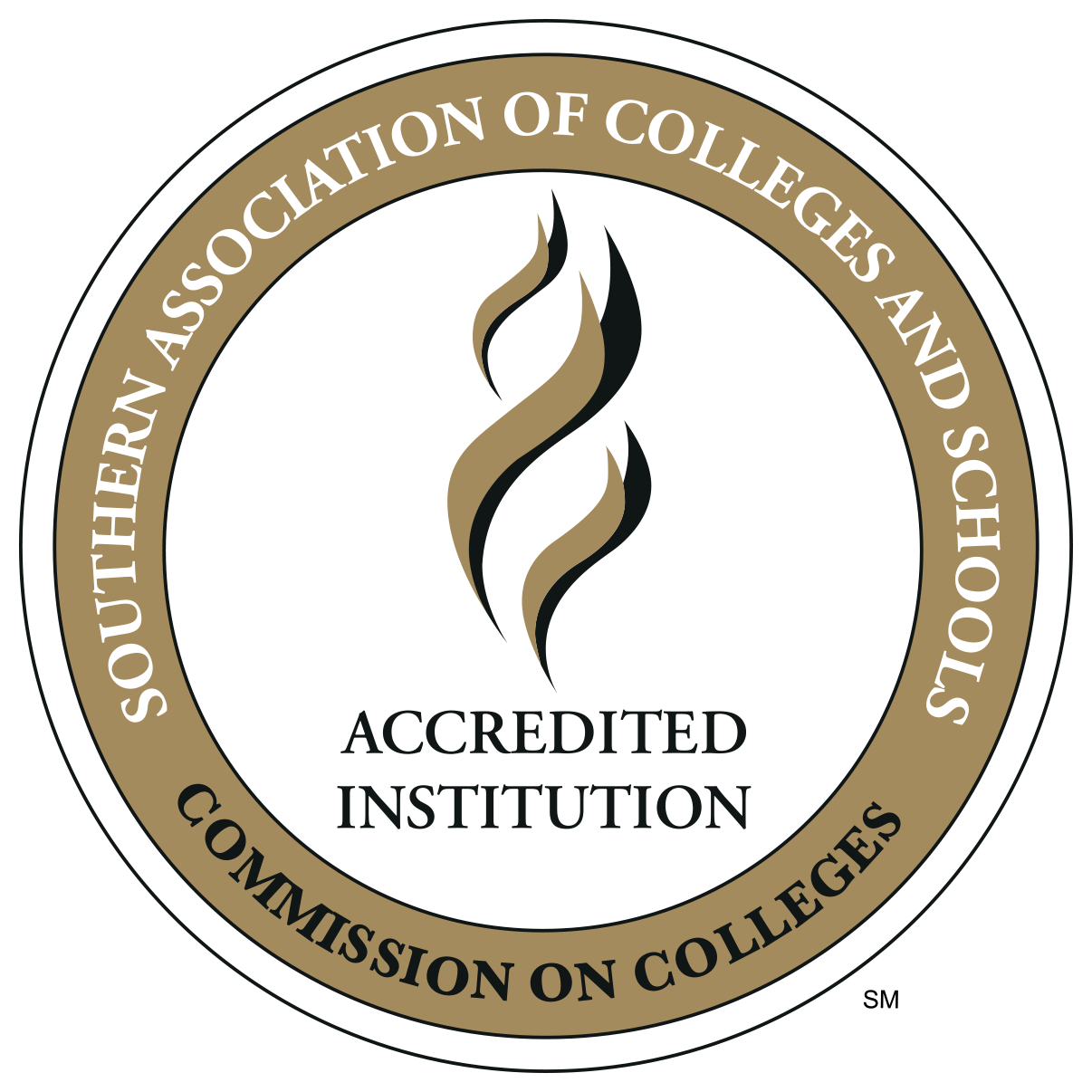COURSE: Certified Medical Administrative Assistant (CMAA)
Online Medical Administrative Assistant Training
Become a Certified Medical Administrative Assistant
Medical Administrative assistants play a valuable role on any healthcare team, often handling a variety of organizational tasks that help with patient flow. The 100% online course will prepare you to work as a Certified Medical Administrative Assistant (CMAA), designated by the National Healthcare Career Association (NHA).
Job Outlook for Certified Medical Administrative Assistants
The healthcare field offers one of the leading areas of opportunities for career growth today. Within healthcare, medical assistants are among the most in-demand professionals. NHA estimates that job openings for medical assistants are increasing by 9-15% each year.
The US Bureau of Labor Statistics concurs with the NHA estimate. Its data indicates job opportunities for medical assistants will grow by 23% overall by 2028. This is four times the expected average growth for all jobs.
Medical assistants earn $34,800 per year, or $16.73 per hour on average, according to BLS data.
Certified Clinical Medical Assistant FAQs
According to NHA, medical administrative assistants primarily work in the “front office” of a medical practice or healthcare facility. Their duties may include coordinating practice correspondence, maintaining files, and scheduling appointments.
Clinical medical assistants primarily deal with clinical procedures and patient care, while medical administrative assistants oversee organizational tasks, such as scheduling, managing records, and checking in patients.
The healthcare environment thrives on professionalism, precision and dedication to patient welfare. Medical assistant certification may be required for many jobs. Earning a CMAA establishes a medical assistant as a caring, responsible professional who has undergone a study and assessment program to validate their credentials
Medical assistant commonly work in medical practices, such as physicians’ offices, outpatient clinics, and other healthcare facilities, according to the BLS.
Course Objectives
- Prepare to take the Certified Medical Administrative Assistant (CMAA) exam
- Master multitasking as it relates to scheduling appointments, processing insurance requests, maintaining records, and corresponding with patients
- Learn best financial practices for a medical center
- Master the fundamentals of medical terminology and ethical best practices
- Understand the basics of working with medical documents, medical billing, and coding processes
Prerequisites and Requirements
There are no prerequisites to take the course.
Curriculum
- BECOMING AN ADMINISTRATIVE MEDICAL ASSISTANT
Qualities of a medical assistant, working in ambulatory healthcare settings, the healthcare team - MANAGING STRESS AND IMPROVING COMMUNICATION
Types of communication and barriers to effective communication; patient interview techniques - LAW, ETHICS AND HEALTHCARE
Health Insurance Portability and Accountability Act (HIPAA), Americans with Disabilities Act (ADA) and Occupational Safety and Health Administration (OSHA); ethical guidelines for healthcare providers - IMPROVING YOUR MEDICAL OFFICE
The reception area and the medical receptionist; opening and closing the facility - COMPUTERS IN THE AMBULATORY CARE SETTING
Use of computers in the medical office; safeguarding Electronic Medical Record (EMR), Electronic Health Record (EHR) and Protected Health Information (PHI) - TELECOMMUNICATIONS AND PATIENT SCHEDULING
Patient portal and scheduling methods; dealing with irate patients
MIDTERM
- MEDICAL TERMINOLOGY: WORD PARTS, PLURALS, ABBREVIATIONS
Importance of medical terminology; understanding word parts: roots, prefixes, suffixes - MANAGING MEDICAL RECORDS
Electronic, paper and hybrid medical records; SOAP notes, Release of Information (ROI) and Personal Health Record (PHR) - WRITTEN COMMUNICATION
Working with medical documents and records; medical transcriptionist/medical scribe - MEDICAL BILLING AND CODING: AN OVERVIEW
Health insurance terms; code sets: ICD-10-CM/PCS, CPT, HCPCS Level II - DAILY FINANCIAL PRACTICES
Improving patient payments; claims denial strategies, accounts receivable and accounts payable - THE ADMINISTRATIVE MEDICAL ASSISTANT AS OFFICE MANAGER
Qualities of an office manager; Clinical Documentation Improvement (CDI)
FINAL
Instructors
Nancy Smith has over 30 years of experience in the healthcare industry. Her clinical experience includes working as a medical assistant for a network of rural health clinics, and as a medical coder, insurance claims specialist, and medical records auditor. She worked as a medical office manager for ten years, where she recruited and trained all medical assistants. Nancy holds a bachelor’s degree in vocational education and has developed and taught medical assistant programs.
LaTisha Cottingham has over 20 years of experience in the healthcare industry. She has six years of teaching experience in the field of medical billing and coding and Medical Assisting. Currently she is employed as an HIM Analyst for a Long-Term Care establishment that is based out of Alabama. Previously she was employed as the lead instructor for the Allied Health Department for a local career institute. LaTisha’s field of expertise is in the area of physician-based inpatient coding and Emergency Department coding. The certifications that she holds are as follows: a Registered Health Information Technician (RHIT), a Certified Professional Coder (CPC), and a Certified Clinical Medical Assistant (CCMA). In preparation for ICD-10-CM, LaTisha received her ICD-10-CM/PCS Trainer Certification from American Health Information Association (AHIMA), where she is currently a member. LaTisha is also a member of the American Academy of Professional Coders (AAPC) and the National Healthcare Association (NHA) where she is a test proctor.
Registration and Enrollment
This course is 100% online. Start anytime.

